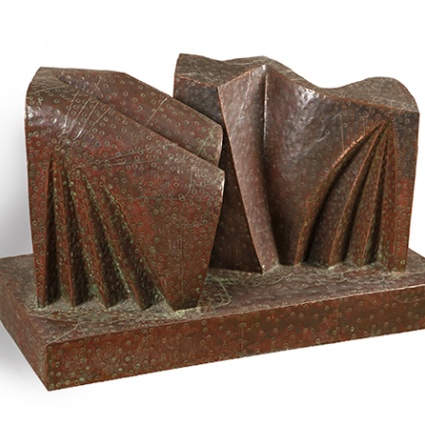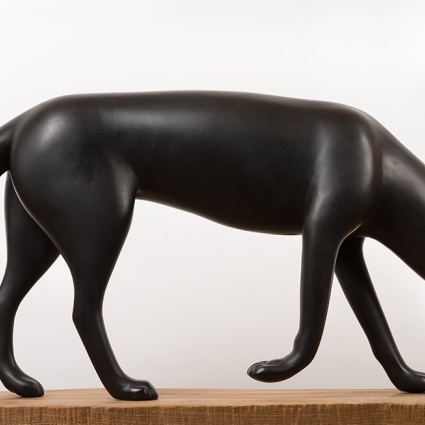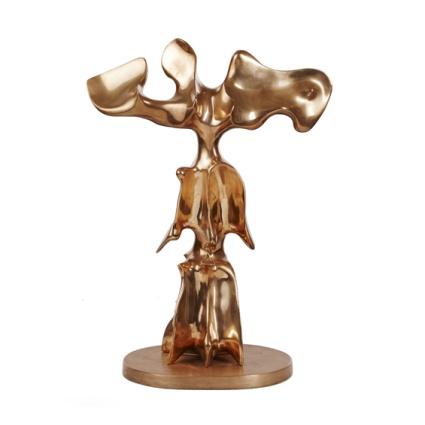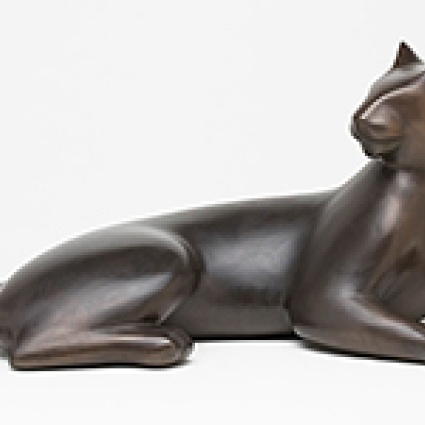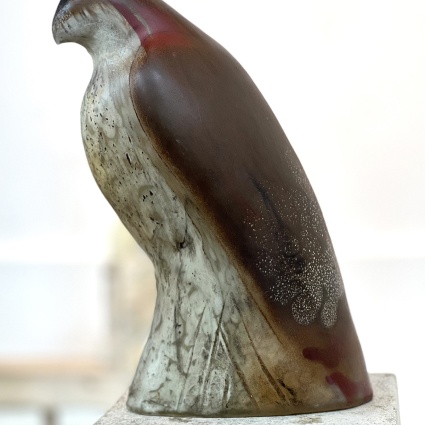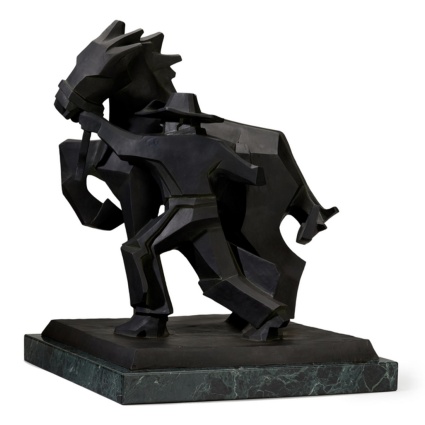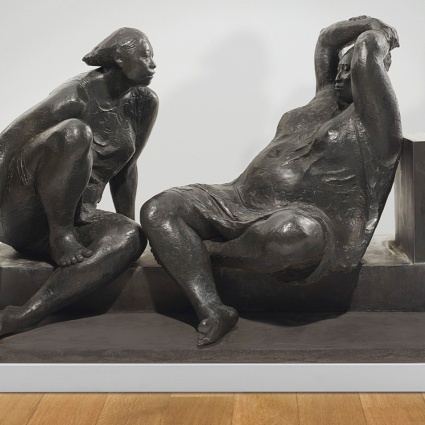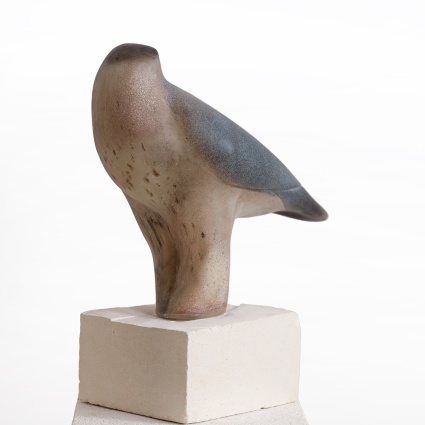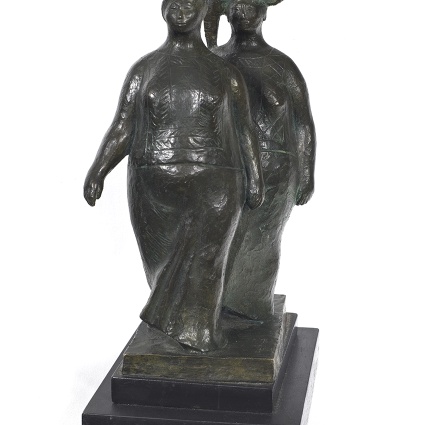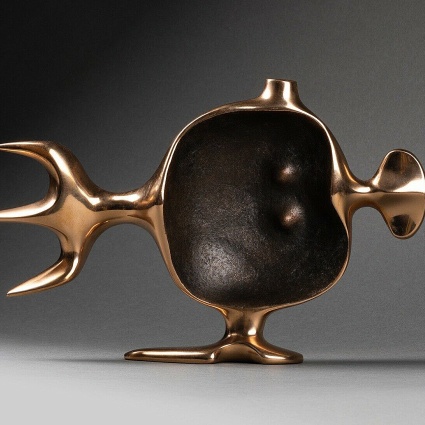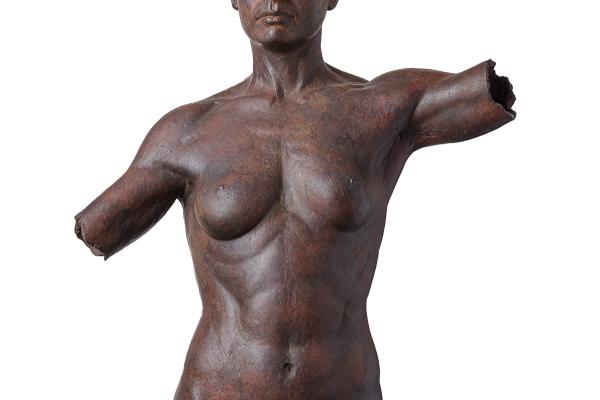
Sculpture Selections
Sculptures representing a range of various processes, methodologies and styles in the contemporary art world.
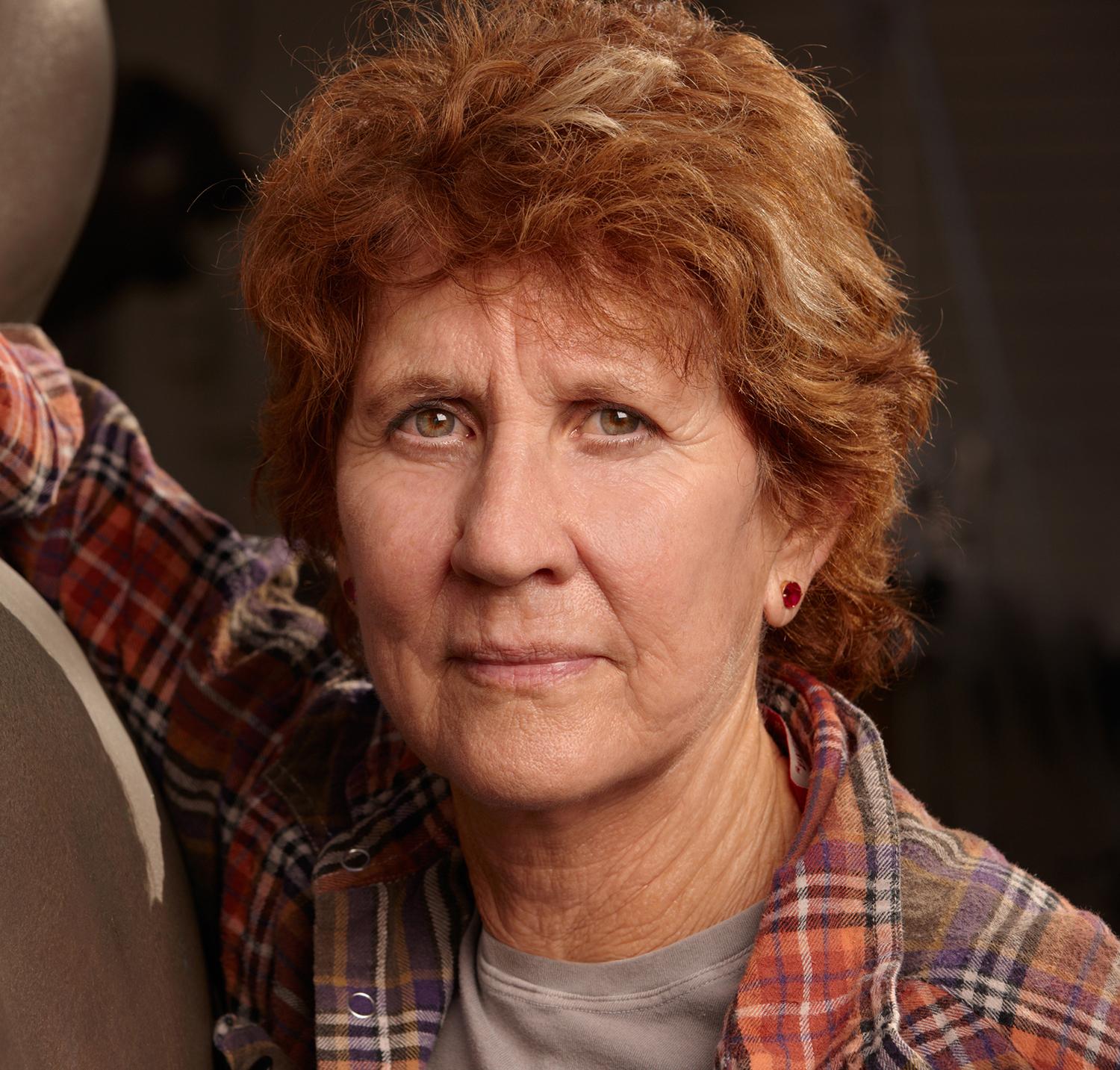
Gwynn Murrill
Gwynn Murrill’s work bridges figurative and abstract sculpture. Her animal figures serve as points of departure for the exploration of form, becoming vessels, which reduced to their most basic lines and shapes, elegantly echo the essence of her subject.
Paring away everything that is not absolutely necessary to perceive her subjects in all their purity, Gwynn often sacrifices details leaving us with sculptures emanating primal characteristics and universal attributes. Gwynn’s signature bronze works are fluid in line and form, elegant, inviting to touch and instilled with vitality and a sense of being--either caught in an tacit moment of serenity and self-possession or brimming with the implied potential to pounce, twist, or take off at any moment.
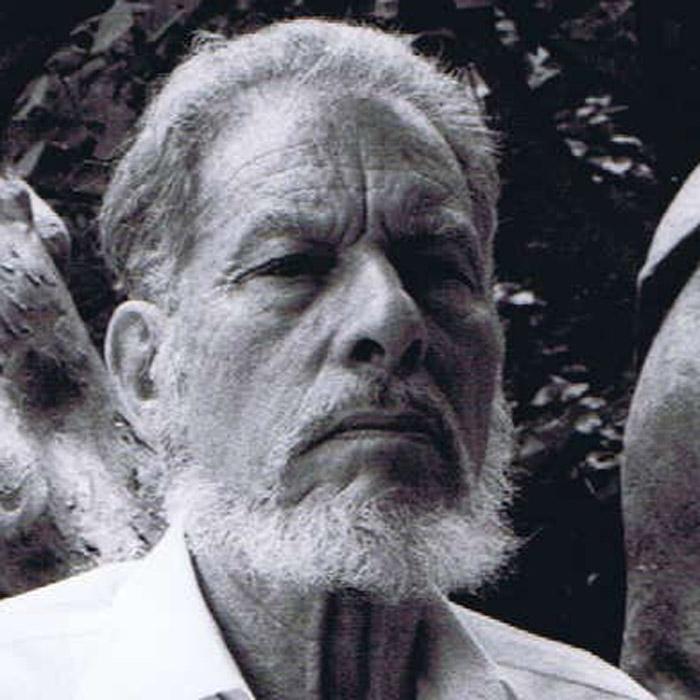
Francisco Zúñiga
Aware of his calling from a young age, Zúñiga learned his craft from his father, Manuel María Zúñiga, a santero, carver of santo religious figures in his native San José, Costa Rica. In addition to this early apprenticeship, he briefly studied drawing at the Academia de Bellas Artes de Costa Rica as a teenager, while repeatedly winning first and/or second place in sculpture and painting at the annual National Fine Arts competitions from 1929-32. His discovery of pre-Columbian art at age twenty, specifically that of the local Chorotega and Huetar Indians, would be key in his stylistic development. This fascination with the ancient Mesoamerican material production only grew once he moved to Mexico City in 1936 as he enjoyed long visits to the National Anthropology Museum in its old location on Calle Moneda. His move brought new opportunities: mentoring from painter Manuel Rodriguez Lozano, a job as assistant to sculptor Oliverio Martinez, followed by Guillermo Ruiz, and finally securing a teaching position at La Esmeralda (Escuela Nacional de Pintura, Escultura y Grabado) in 1939.
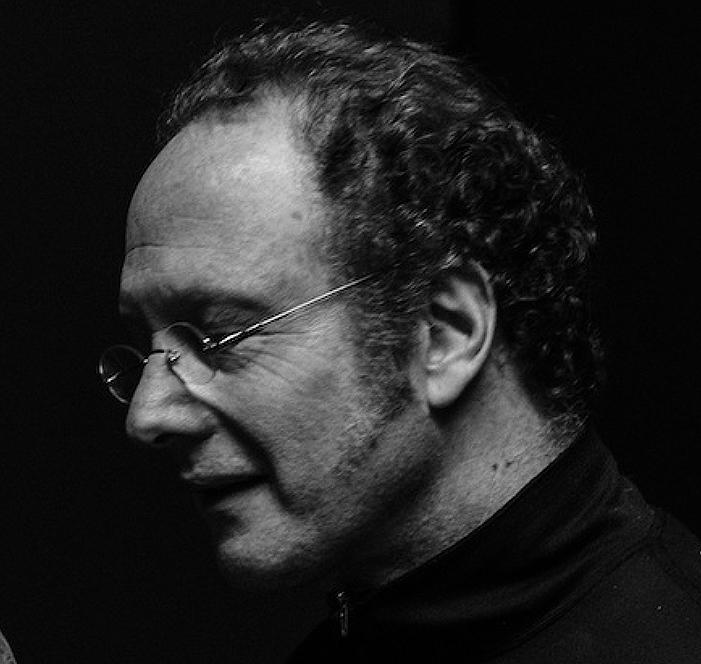
Sabin Howard
Only on the surface is my sculpture “realist.” In fact, it’s extremely abstract. It’s a metaphor for the wondrous—even miraculous—universal order of how things are put together. Forms are perceived and constructed as pushing out into space, mimicking the expansive nature of how the universe is designed. I work in traditional fashion, looking at life models, translating the skeleton in architectural terms and developing a structural framework in the gesture. The framework is linked to the organic spiral of muscles as they travel through this architectonic system. The end result is organic architecture.
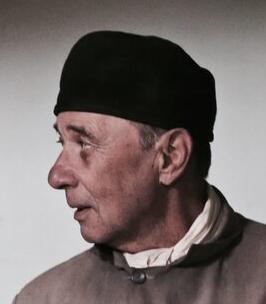
Nicolas Africano
Nicolas Africano was born in Kankakee, Illinois in 1948. Since the 1960’s he has lived and worked in Normal, Illinois.
Africano’s cast glass figure sculptures, while clearly contemporary, reflect an air of classicism in their stance, posture, dress and mien. The subject of his sculptures for the past several years has been his wife and muse, Rebecca. He paints her and sculpts her in different states of dress and undress. She is often in a state of private reflection, closed within her being, yet looking out to the world as if seeing eternity. Sometimes she gazes straight forward, at others her eyes are closed in thought. The figures wear long, classic, simple dresses painted in glass enamel paint, a gossamer whisper of a color, or leotards-wrinkles and all-of translucent gray glass, when they do not appear in their exquisite opalescent whiteness as nudes.
While Rebecca is the subject and object of the figures, Africano’s inner concerns are the hidden or silent subject of each of his sculptures, paintings, and drawings. The sculptures are as much about identity and gender roles as they are about beauty in its most sincere form.
In the 1970s, Africano became known for his large-scale paintings with tiny figures of scenes from the artist’s life in wax relief, set against a background of uniform color. The artist was inspired at this time by narratives from the world of dance, music, and literature, such as the ballet Petrouchka and Robert Louis Stevenson’s “The Strange Case of Dr. Jekyll and Mr. Hyde.” Through his paintings, he was exploring his own life. In the mid-1980s, his involvement with glass began, as did his creation of cast-glass sculpture.
Using the lost wax technique-primarily reserved for bronze, Africano cast his glass sculptures from intimate scale (approximately 24 inches in height) up to full scale, life-size figures. He works in white or opalescent glass as well as in colored glass. He continues to work on the sculptures after they are cast, cold working them-a form of sculpting or carving in glass and painting them in enamel paint to breathe life into them, defying the hard surface of the material, turning the figures into soft, sentient beings.
Edmund Mell
Born in 1942, Ed Mell spent an idyllic childhood in what was then the small western city of Phoenix. He attended Art Center College of Design in Los Angeles, and soon after graduation accepted a position in New York as an art director for a large advertising agency.
Seeking greater artistic freedom, he opened an illustration studio and met with immediate success, establishing his national reputation. Still, Mell felt that he hadn't yet found his voice as an artist.
Seeking a break from the city's pace, he accepted a teaching position the Hopi reservation in 1970. Time spent on Arizona's Colorado Plateau reconnected Mell with the land he loved and his artistic course was set. He relocated to Phoenix and began painting his well-known landscapes.
Mell's creative drive has led him to produce bronze sculptures and print series in addition to his oils. Ed Mell's work is found in many public and private collections including those of Tri-Star Pictures, Phoenix Art Museum, Kartchner Caverns State Park, Diane Keaton, Arnold Schwartzenegger, and Bruce Babbitt.
Melvin Schuler
Victor Roman
Victor Roman’s sculpture bears metaphorical witness to the objects and gestures of a civilization that has since disappeared — one he was immersed in during his childhood in Transylvania, Romania, and whose memory and harmonies he immortalized. Over the twenty-seven years spent in his workshops in Nogent-sur-Marne and Saron-sur-Aube, Roman became one of the most important French sculptors of his generation.
A mystical and smiling blacksmith, he produced a wealth of work, yet what made him stand out in the history of art between the sixties and the nineties was his authenticity - transcending trends and fashions that, by resorting to anecdote, so often weaken creation. His monumental works across France continue to watch over intersections and enliven public squares with their unexpected morphologies and friendly presence.
